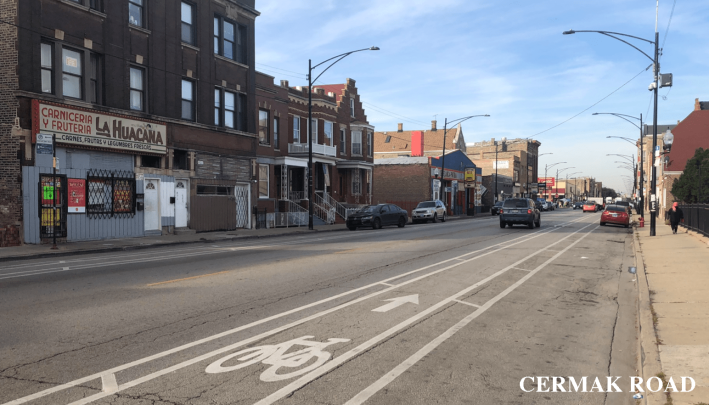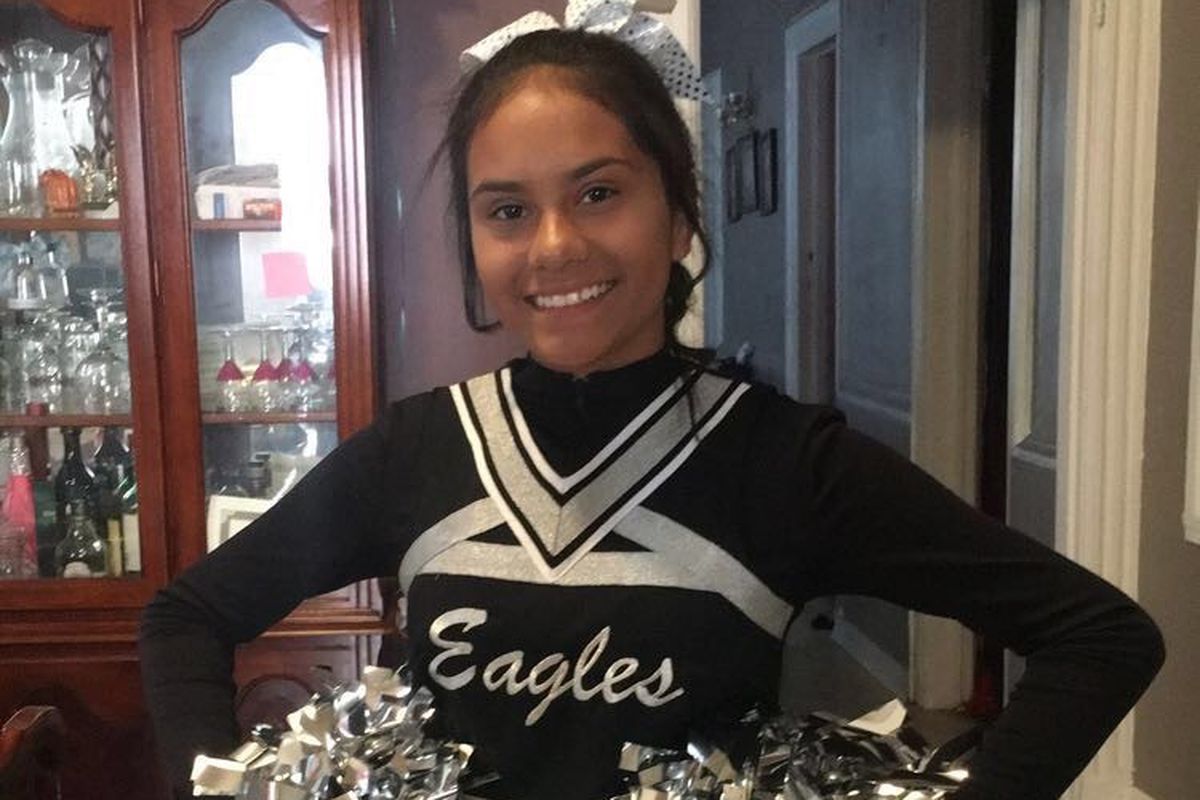
Last Saturday night, 16-year old Angie Monroy was walking home around 9:45 p.m. from her job at Discovery Clothing in Little Village when she was shot in the head in the 2300 block of South Rockwell Street, the "unintended target" of a gang conflict, according to police. Angie passed away Sunday from her injuries.
This shooting death hit close to home for me. I live within walking distance of where she was shot and I often walk home at night. In May, I wrote about the fear that I sometimes have walking home at night from the train, exacerbated by hearing about tragedies like the brutal murder of Marlen-Ochoa Lopez, 19, who was also last seen in Little Village. The fear increases with every new case I hear, but I keep walking, I keep biking, I keep taking transit. That a freedom that I'm not willing to give up without a fight, but how much fear do I have to experience in order to preserve that freedom?
I was recently talking to a friend who lives near me in Little Village about the layered steps in our decision-making process to determine which street to walk on or which street to bike on. The complexity of this mental process has only increased since we've heard about of shooting deaths like Angie’s near our homes. Do we take 21st Street under a dark viaduct or 23rd Street under another dark viaduct? Do we take Cermak Road, which is better lit, but has heavy traffic? Do we walk or ride on California Avenue and, if so, at what times of day is it safe? There is no perfect solution, merely a “less bad” option. There have been some infrastructure improvements, such as new bike lanes on Cermak Road. But concrete and street paint don't fully address complicated safety issues in communities affected by street violence and disinvestment.

I often wonder how many people working on traffic safety and transportation access issues take interpersonal violence into account. How do we create streets in which young girls like Angie can safely walk home at night from their jobs? How do we make sure that getting home isn’t a life or death situation? How do we see start seeing violence in our communities as a critical barrier to mobility?
Until our work as transportation and mobility advocates speaks to the deep-seated issues of violence in our communities, we are falling short. It’s people like Angie that we need to think about in order to create safe and inclusive streets. The people we lose daily to street violence must be on our minds as we work to create communities where walking, biking, and taking transit aren't seen as dangerous travel options.
Fear of moving through our communities on foot, bike, bus, or train is a core barrier to leading healthy and vibrant lives. We all deserve the freedom of walking to the store or home from the gym at night, or taking a bike ride when we need to clear our minds. Some Chicagoans may take these mundane acts for granted, but for many others they can represent a life-or-death decision. This may seem like a heavy sentiment to express, and far removed from the experiences of many reading this, but it’s a daily reality of many people living in Black and Brown communities.
As transportation and mobility advocates, we need to talk more openly about violence on our streets and how it intersects with our work. We have to talk about gun violence victims in tandem with victims of traffic crashes. It all connects to the realities of people falling victim to violence on our streets and the barriers that people have in living their daily lives.
Angie Monroy should have made it home safely. I didn’t write this piece because I have all the answers, but because I wanted to uplift the name of a young woman whose life was cut short. She deserves to be remembered, not simply because she was a victim, but because she mattered as a person. I know I’ll think of her as I navigate my community. I’ll keep thinking about ways that girls and women in Little Village can live a life where they can feel safe riding the Pink Line at night, can feel at-ease riding a bike, can walk on the sidewalk without fear, and can be at peace existing on the street.





